More to come. Maybe a cow.
|
I'm experimenting with a couple different techniques for making vegetation. The grass worked well with having just simple standing planes intersecting one another at sharp angles and it seemed best to keep the alpha thin at ground contact. I'm making each instance pretty large to keep the draw call count down which works great on the flat terrain. The cow parsley is currently also simple planes and it is very cheap but gets skewed at certain angles. I'm playing with the idea of setting the flowers on a plane perpendicular to the stem.. I've been hand-painting most of the vegetation based on reference images, but for the cow parsley I decided to try modeling it and projecting to my planes. I think it was actually faster then hand-painting and gave me lots of subtle lighting nuances for free. Some of that detail gets lots in-game though..
More to come. Maybe a cow.
1 Comment
I spent the past week making more trees and variations of those and setting up more organized vegetation categories for optimization purposes. The scene averages 1,5-2,5k draw calls and I'm getting around 40fps on my aging PC. That is before using any vegetation sprites, which seem a bit buggy in the SDK version I'm using (3.4.5). It seemed like a more fun finale to this little project would be a video rather than a few simple screenshots, so I started learning the track view so I could fly a camera through the whole scene. There's is a lot more to improve but since it was just meant as a test map I hit my target and I'm ready to move on to better things. Mood music and sounds courtesy of Fredrik Westergren. It doesn't look like much to modern people, but during the Iron Age the hill fort is a great display of a ruler's wealth and power. A hall sits on the top of the hill protected by an inner wall. The wall has been constructed from a shingle beach and has partially collapsed over time. The inhabitants of the hill fort have paved a trail through the old forest leaving lots of tree stumps. I will be working for a while if I want the scene to look like primeval forest. Ancient boreal woodlands are dense and rich in color from biological diversity. There has to be a mixed age-range among the trees, many standing dead trees, a decaying ground layer of debris, lichens, fungi, and mosses. An ancient forest will have lots of character, gnarly trees come in all kinds of shapes, some will be charred from fires, and signs have been made by generations of animals.
At least 1,100 hill forts were built in Sweden from the Bronze Age until the end of the Viking age. They were often constructed on natural hilltops from where they have a good view over the landscape. Though it is not known exactly why they were built or for whom, it's commonly believed they were used as fortified strategic settlements, temporary refuges during wartime, or as spiritual places. The ruins of a hill fort today is mainly just wide piles of mossy stone. Since the builders used dry masonry with often rounded rocks, only few sections of actual wall remains. I imagine that the walls were originally fairly vertical and reinforced with wooden palisades. They might have had wooden gates and enough buildings to accommodate a community. I've roped some of the logs and I'm considering fastening the planks on the walkway with nails, but I wondering if there another way that is more resourceful.. The Iron Age builders might not have had so much metal to waste on fastenings for a palisade. I also started a wooden bridge using the same texture. On the trail to Herjedalen.
First test with the rider in the scene. Still lots more assets to make and polishing to do on existing ones. The vegetation looks repeated and needs thicker types of bushes and small trees like heather and juniper. |
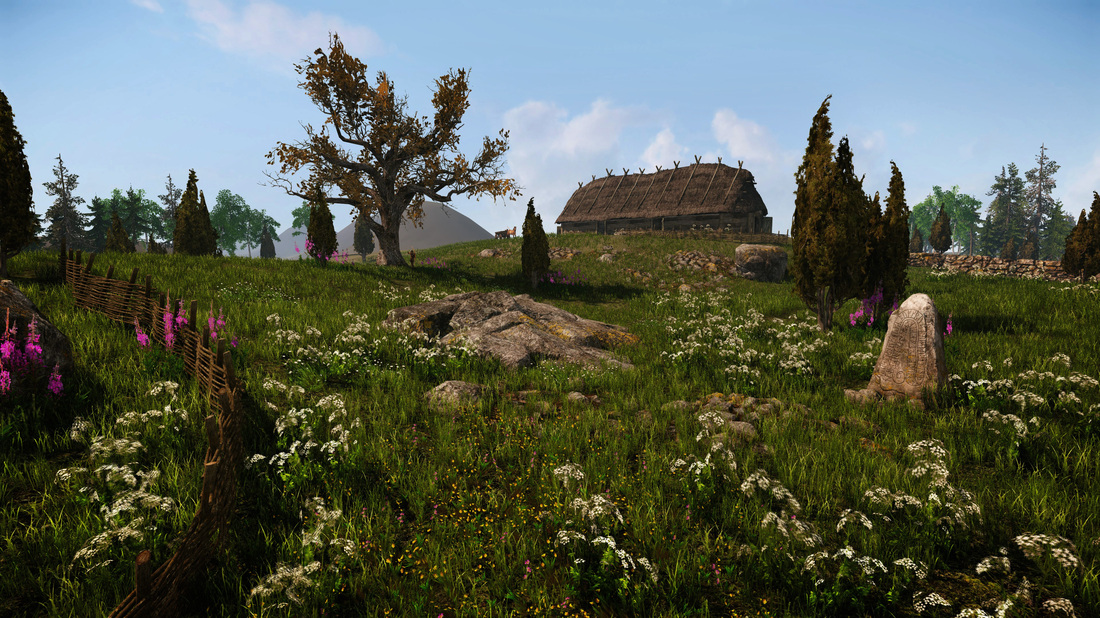
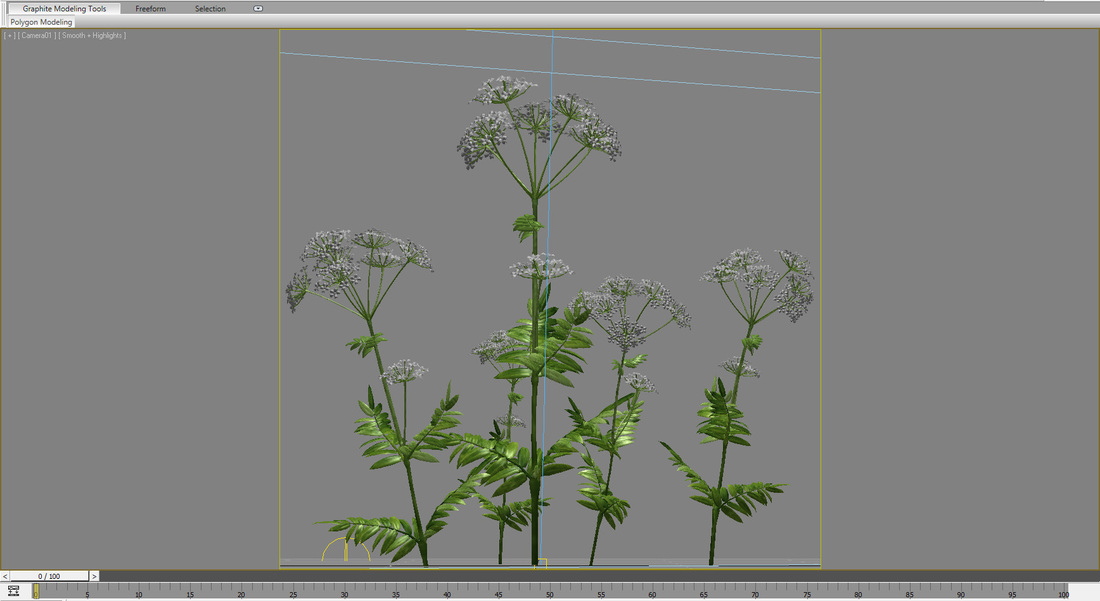

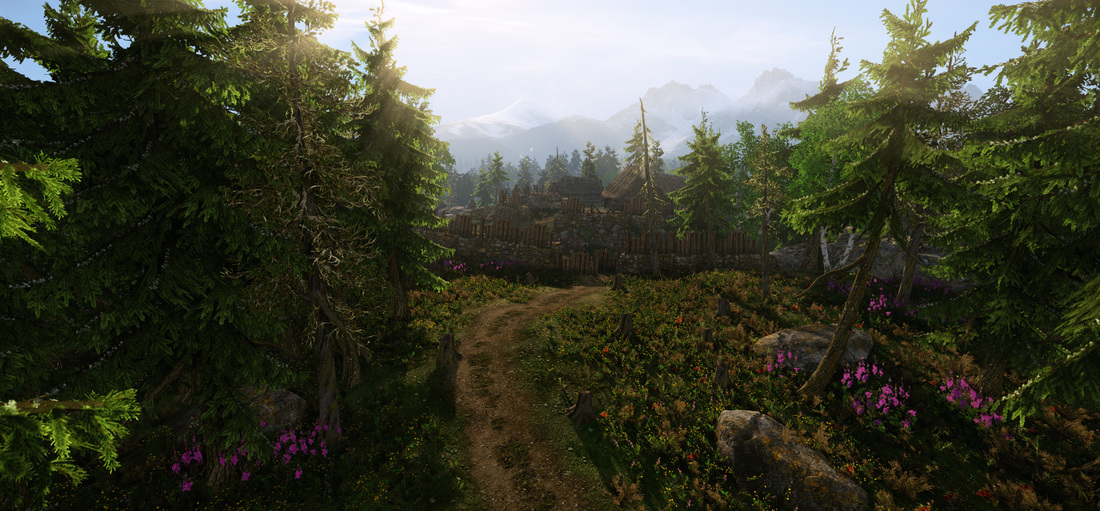
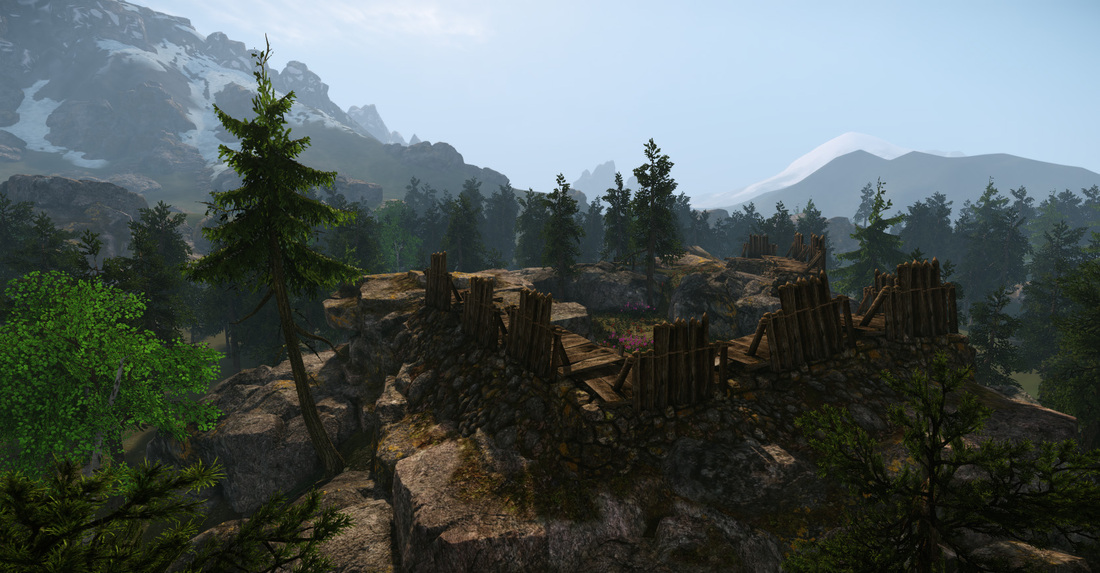


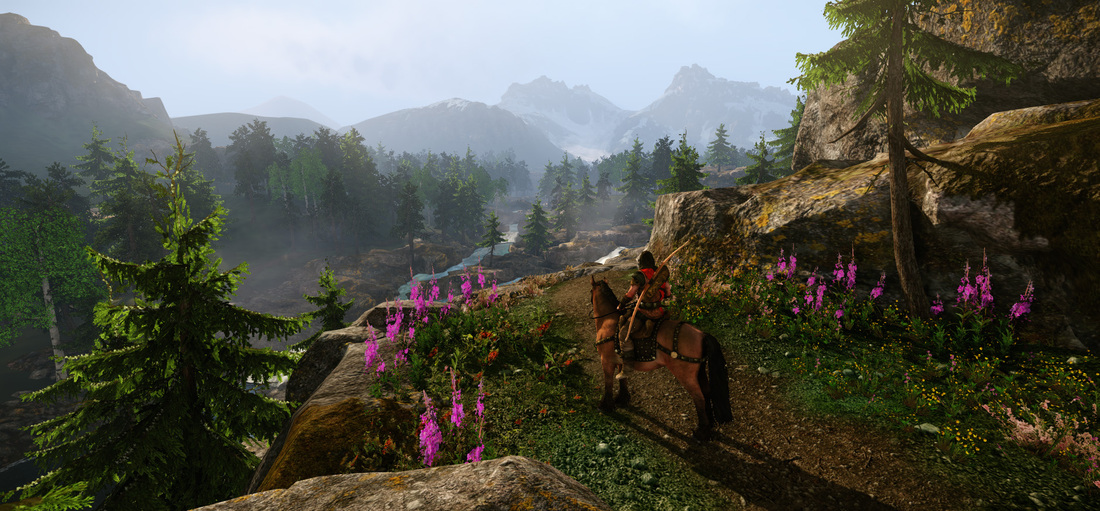
 RSS Feed
RSS Feed